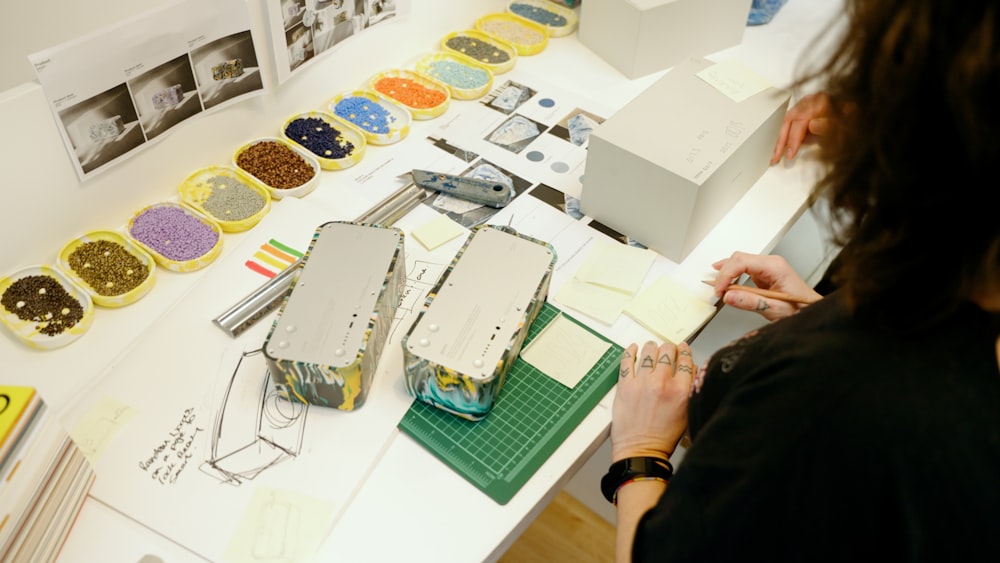
Introduction:
In a world where environmental concerns are paramount, the concept of sustainable living has gained significant traction. One area where this ideology can truly make a difference is in the realm of home renovation. By incorporating eco-friendly practices and materials into home makeovers, individuals can not only reduce their carbon footprint but also create healthier and more efficient living spaces. Let’s delve into some sustainable renovation ideas that can transform your home into a beacon of environmental responsibility.
Energy-Efficient Lighting:
One of the simplest yet most impactful changes you can make during a green home makeover is to switch to energy-efficient lighting options. Traditional incandescent bulbs are notorious for their high energy consumption and short lifespan. By replacing them with LED or CFL bulbs, you can significantly reduce your energy usage while enjoying the same level of illumination. Additionally, consider installing motion sensors or timers to further optimize your lighting usage and minimize waste.
Upcycled Materials:
When undertaking a renovation project, consider incorporating upcycled materials wherever possible. From reclaimed wood for flooring to salvaged fixtures and fittings, there are countless ways to breathe new life into old materials. Not only does this practice reduce demand for new resources, but it also adds character and charm to your home’s aesthetic. Visit salvage yards, thrift shops, and online marketplaces to discover hidden gems that can be repurposed in your renovation endeavors.
Natural Finishes and Paints:
Many conventional paints and finishes contain harmful chemicals known as volatile organic compounds (VOCs), which can off-gas and contribute to indoor air pollution. Opting for low-VOC or zero-VOC paints and finishes not only improves indoor air quality but also reduces environmental impact. Furthermore, consider utilizing natural finishes such as clay or lime plaster, which are not only eco-friendly but also offer unique textures and visual appeal.
Energy-Efficient Appliances:
When upgrading your kitchen or laundry room as part of a home makeover, prioritize energy-efficient appliances. Look for products bearing the ENERGY STAR label, which indicates that they meet strict energy efficiency criteria set by the Environmental Protection Agency (EPA). These appliances consume less energy during operation, resulting in lower utility bills and reduced environmental impact over time. Additionally, consider investing in smart appliances that allow for remote monitoring and energy management.
Water-Saving Fixtures:
Conserving water is another crucial aspect of sustainable living, and incorporating water-saving fixtures into your home renovation is an effective way to do so. Install low-flow faucets, showerheads, and toilets to minimize water wastage without sacrificing performance. Consider implementing rainwater harvesting systems or greywater recycling systems to further reduce reliance on municipal water sources for non-potable uses such as irrigation or toilet flushing.
Renewable Energy Solutions:
For those looking to take their eco-friendly home makeover to the next level, consider integrating renewable energy solutions such as solar panels or wind turbines. These technologies harness natural resources to generate clean, renewable electricity, reducing reliance on fossil fuels and lowering carbon emissions. While the initial investment may be significant, the long-term savings on utility bills and environmental benefits make it a worthwhile endeavor for environmentally conscious homeowners.
Natural Insulation:
Proper insulation is essential for maintaining a comfortable indoor environment and reducing heating and cooling costs. Instead of traditional fiberglass insulation, consider using natural alternatives such as recycled denim, wool, or cellulose. These materials offer comparable thermal performance while minimizing environmental impact and improving indoor air quality. Additionally, explore options for air sealing and weatherization to further enhance energy efficiency and comfort.
Landscaping with Native Plants:
Don’t forget to extend your eco-friendly renovation efforts beyond the walls of your home and into the surrounding landscape. Incorporating native plants into your landscaping not only reduces water consumption but also supports local biodiversity and ecosystem health. Native plants are adapted to the local climate and soil conditions, requiring less maintenance and chemical inputs compared to exotic species. Implementing water-efficient irrigation systems such as drip irrigation or rain gardens can further enhance sustainability and curb water wastage.
Conclusion:
Embarking on an eco-friendly home makeover is not only a testament to your commitment to environmental stewardship but also a rewarding journey towards creating a healthier, more sustainable living space. By implementing the sustainable renovation ideas outlined above, you can reduce your ecological footprint, lower utility costs, and enhance the overall quality of your home environment. So why wait? Start transforming your home into a beacon of sustainability today! Read more about green home renovation










